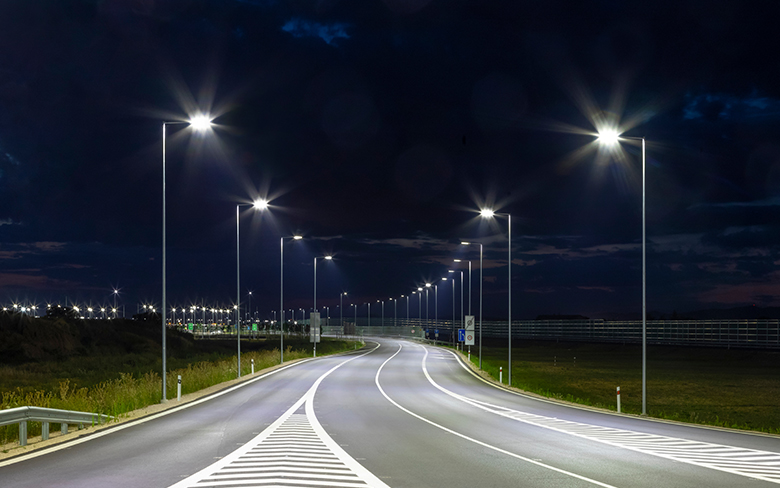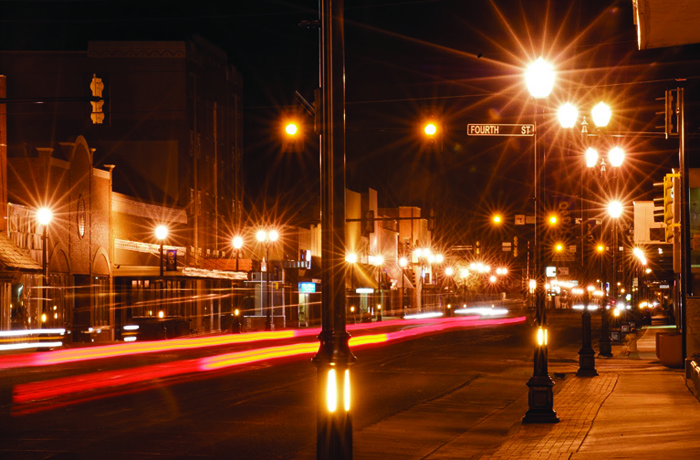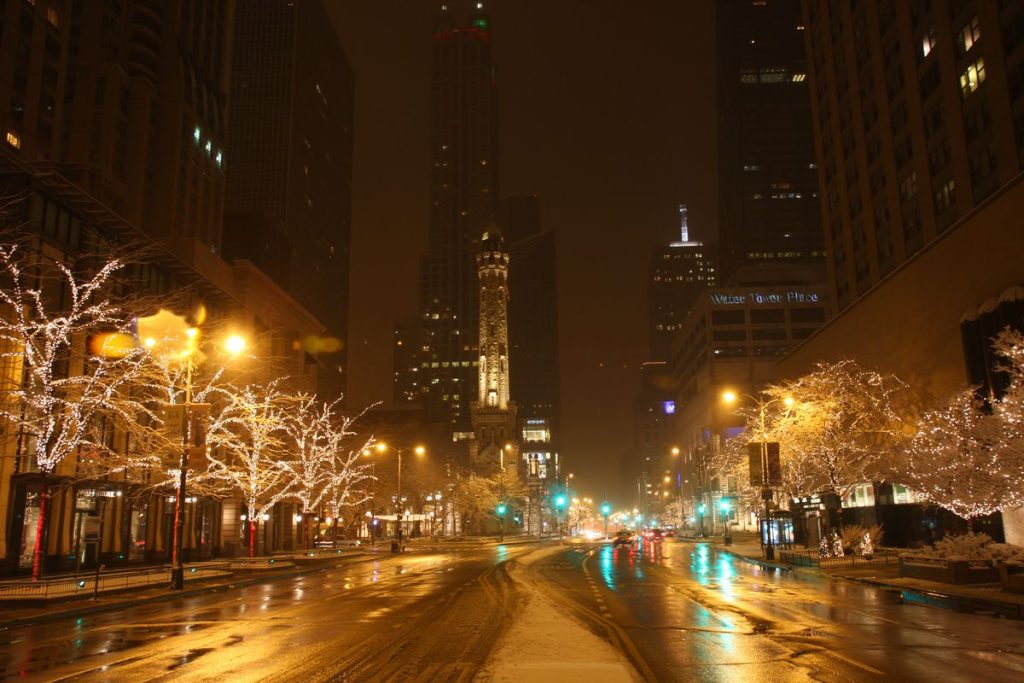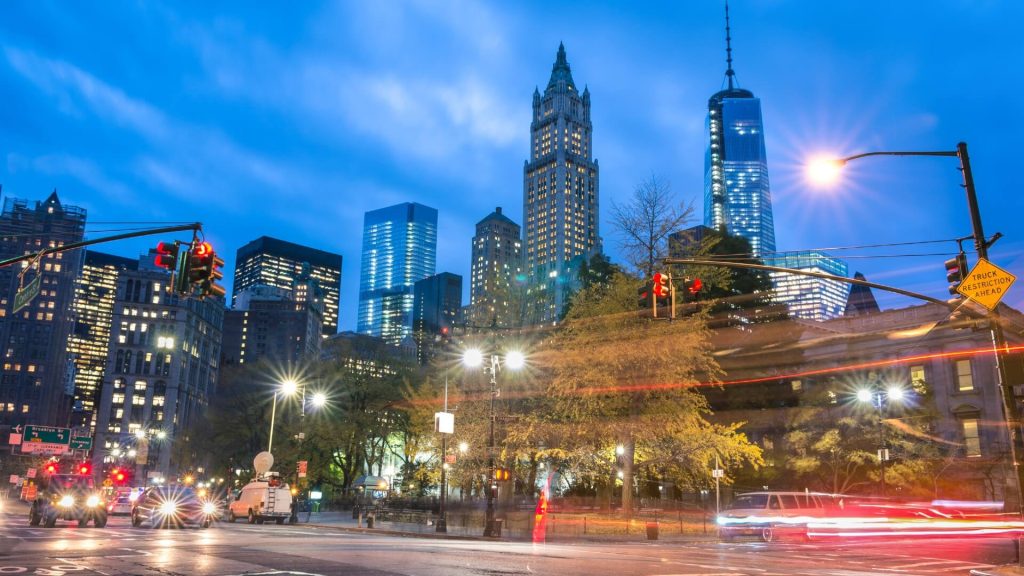In this article, we explore the significance of street lights in our urban environments. From their historical origins to their impact on safety, security, and community well-being, we delve into the importance of street lights in illuminating our cities and enhancing quality of life. Join us as we shed light on the various aspects of street lights and their essential role in our modern world.
Contents
- 1 I. Historical Development of Street Lights
- 2 II. Enhancing Safety and Security
- 3 III. Supporting Urban Infrastructure and Development
- 4 IV. Energy Efficiency and Sustainability Considerations
- 5 V. Balancing Light Pollution and Night Sky Preservation
- 6 VI. Future Innovations and Trends in Street Lighting
I. Historical Development of Street Lights
1.1 Ancient Beginnings: Lighting the Path in Early Civilizations
Street lighting has a rich history dating back to ancient civilizations. Early examples of street lighting can be traced to ancient Rome and Greece, where oil lamps and torches were used to illuminate public spaces. These early attempts at street lighting were rudimentary but marked the beginning of a trend towards lighting our urban environments for safety and convenience.

1.2 Gas Lighting and Electrification: Paving the Way for Modern Street Lights
The development of gas lighting in the 19th century marked a significant advancement in street lighting technology. Gas lamps provided brighter and more widespread illumination, replacing the dimmer and less efficient oil lamps. As cities grew, the need for more extensive and reliable lighting led to the widespread electrification of street lights, with electric bulbs replacing gas lamps. This electrification revolutionized street lighting, providing brighter, more efficient, and longer-lasting lighting solutions.
II. Enhancing Safety and Security
2.1 Improved Visibility and Crime Deterrence
One of the primary benefits of street lights is the improved visibility they provide. Well-lit streets reduce the likelihood of accidents and falls, making it easier for pedestrians and motorists to navigate safely. Furthermore, street lights play a crucial role in deterring criminal activities. Well-illuminated areas create a perception of increased surveillance, making potential criminals think twice before engaging in illicit activities.
2.2 Promoting Safe Movement and Crime Prevention
Street lights contribute to the overall safety and security of neighborhoods by promoting a sense of community and encouraging public movement even during nighttime hours. Well-lit streets can create a more welcoming and inclusive environment, fostering a sense of security for residents, businesses, and visitors alike. By providing visibility and peace of mind, street lights help prevent crimes and contribute to the overall well-being of communities.

III. Supporting Urban Infrastructure and Development
Street lights play a vital role in urban navigation and wayfinding, ensuring that pedestrians and motorists can easily locate their destinations. Well-placed and adequately spaced street lights provide visual cues and guidance, minimizing the potential for confusion and lost directions. This navigational assistance is particularly valuable in busy urban areas, where clear visibility can make a significant difference in efficient and safe movement.
3.2 Showcasing Architectural and Cultural Heritage
In addition to their functional purposes, street lights also contribute to the aesthetic appeal and preservation of architectural and cultural heritage in cities. Thoughtfully designed street light fixtures can enhance the overall visual experience and highlight the unique characteristics of a neighborhood or cityscape. By illuminating historical buildings, monuments, and landmarks, street lights add to the charm and character of urban spaces, fostering a sense of pride and identity within the community.

IV. Energy Efficiency and Sustainability Considerations
4.1 LED Technology: A Revolution in Street Lighting
The advent of LED (light-emitting diode) technology has revolutionized street lighting, offering significant energy efficiency advantages compared to traditional lighting solutions. LED street lights consume significantly less energy, resulting in reduced carbon emissions and lower maintenance costs. Their longer lifespan also reduces the frequency of replacements, thereby minimizing waste and contributing to a more sustainable urban environment.
4.2 Smart Street Lighting: Optimization and Automation
The integration of smart technologies in street lighting has further enhanced their energy efficiency and functionality. Smart street lighting systems utilize sensors, connectivity, and data analytics to optimize lighting levels based on real-time conditions. These systems can automatically adjust the intensity of street lights, dimming them during periods of low activity and brightening them when movement is detected. By dynamically adapting to the environment, smart street lighting ensures energy is utilized efficiently, promoting sustainability and reducing operational costs.

V. Balancing Light Pollution and Night Sky Preservation
5.1 Minimizing Light Pollution
As street lighting becomes widespread, concerns about light pollution arise. Excessive, poorly designed, or misdirected lighting can contribute to light pollution, which has adverse effects on human health, biodiversity, and the visibility of stars and celestial objects. To address this issue, cities are adopting measures such as using shielded fixtures, reducing light spillage, and implementing smart lighting controls to minimize light pollution and preserve the natural darkness of the night sky.
5.2 Encouraging Dark Sky Initiatives
In recent years, there has been a growing movement for dark sky initiatives, which advocate for the protection of natural nighttime environments and the reduction of light pollution. These initiatives encourage cities to adopt lighting practices that prioritize human well-being, environmental sustainability, and the preservation of dark skies. By utilizing technologies and strategies that balance the need for safe and well-lit environments with responsible and efficient lighting practices, cities can create a harmonious balance between urban illumination and dark sky preservation.
VI. Future Innovations and Trends in Street Lighting
6.1 Integration of Renewable Energy Sources
The future of street lighting lies in harnessing renewable energy sources to power these vital urban infrastructures. Solar-powered street lights, for example, can absorb solar energy during the day and provide illumination during the night. Similarly, the integration of wind and kinetic energy systems offer potential solutions for sustainable and self-sufficient street lighting.

6.2 Intelligent Systems and Data Analytics
The ongoing advancement of intelligent systems and data analytics presents exciting opportunities for the future of street lighting. These technologies can enable street lights to adapt dynamically to changing conditions, optimize energy usage, and collect valuable data for urban planning purposes. By leveraging data analytics, cities can make informed decisions about lighting requirements, traffic patterns, and population movement, creating more efficient and sustainable urban environments.
Street lights play a multifaceted role in our urban environments, enhancing safety, security, navigation, and the overall quality of life. Their historical evolution, from crude oil lamps to electrified and efficient LED systems. Demonstrates the ongoing commitment to illuminating our cities. With modern innovations in energy efficiency, smart technologies, and sustainable practices, street lights pave the way for a brighter, safer, and more sustainable future in our urban landscapes.


